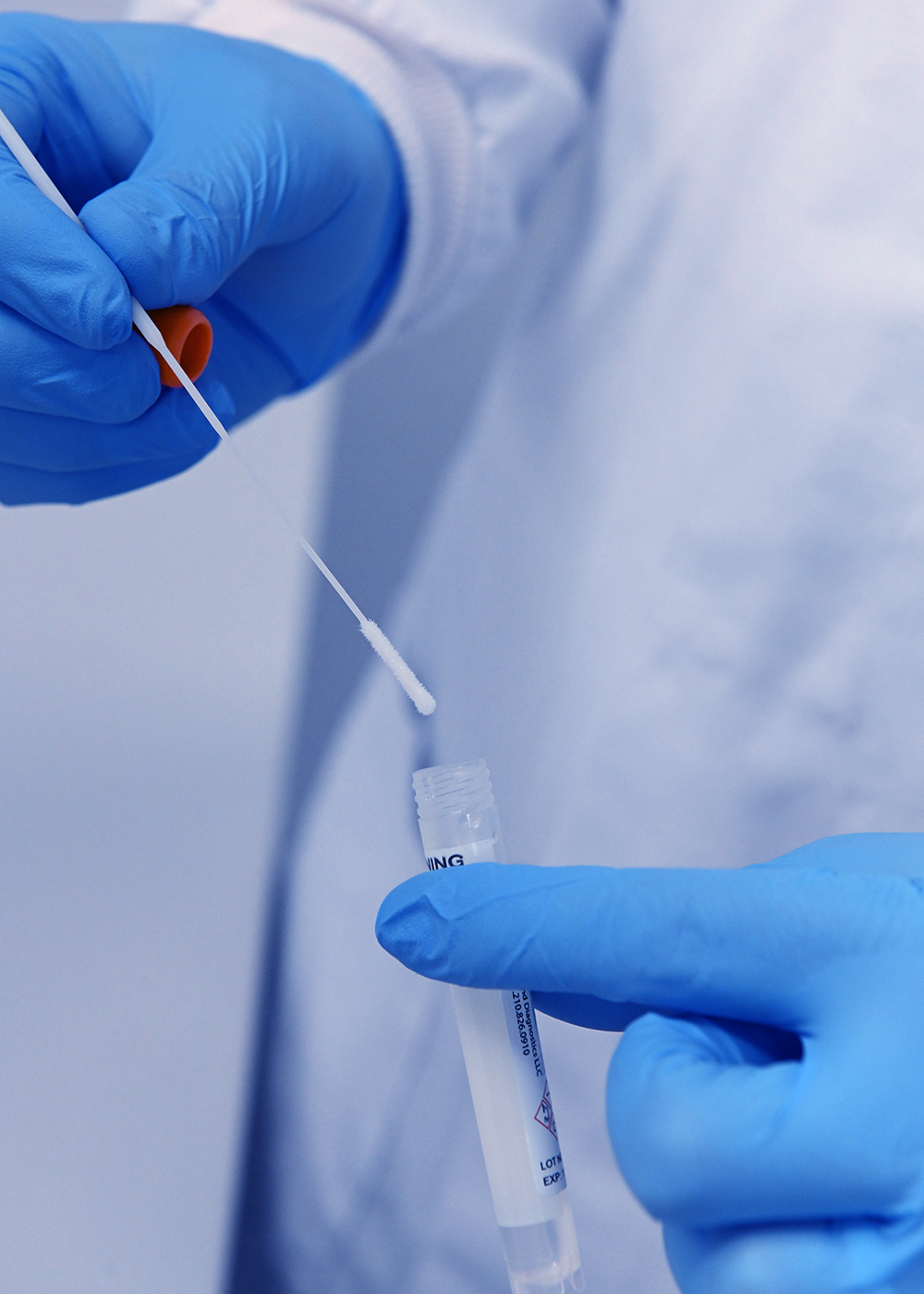There are several stages of syphilis infection: early infection which is divided into primary infection, secondary infection, and early latent infection and late syphilis which includes latent, cardiovascular and gummatous syphilis. The average incubation period is 21 days but can range from 10-90 days. Early infectious syphilis (EIS) relates to the following clinical stages; primary, secondary and early latent. The Health Protection Surveillance Centre was notified of 611 cases of EIS on Ireland during 2020.
Primary syphilis: The classic lesion of primary syphilis is a single, painless and indurated ulcer with a clean base. This is called a chancre. However, there is significant variability in morphological presentation and can therefore be unreliable.
Secondary syphilis: There may not be a sharp demarcation between primary and secondary stage syphilis. The chancre may also still be present. Secondary syphilis is often a subtle disease as skin lesions may be easily overlooked or mistaken for other dermatologic diseases.
Latent (early & late) syphilis: The latent or asymptomatic stage of syphilis is defined as the disappearance of the secondary manifestations until therapeutic cure or tertiary manifestations develop. This stage is arbitrarily divided into early and late latent syphilis based on the spontaneous infectious relapse of untreated patients. Approximately 90% of relapses occur within 1 year, these cases are known as early latent syphilis. 94% of relapses occur within 2 years and the rest occur over 4 years. Relapses occurring after 1 year are defined as late latent syphilis.
Tertiary syphilis: This stage presents at the end stage of infection, 10-30 years after initial infection. Tertiary syphilis has many different clinical presentations. i) Cardiovascular syphilis, ii) Neurosyphilis and iii) Late benign disease. Tertiary syphilis can occur 10-30 years after initial infection.
The diagnosis of Syphilis depends on clinical findings, examination of lesion materials and/or serologic tests for syphilis. As it is not uncommon to have more than one concurrent STI infection presenting as GUD clinical diagnosis is challenging. More recently monkeypox virus infection has added to the challenge as disease presents with similar genital lesions.







